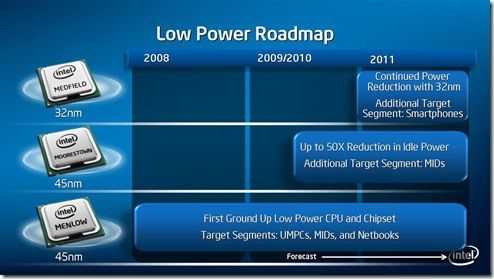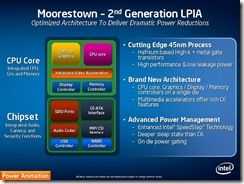 I wrote an update on Moorestown last week but I want to expand on that today because the new information we have now is extremely significant for the core audience here. Moorestown is the first computing platform that covers my definition of ultra mobile computing. From high-end smartphones, through targeted, Ultra Mobile ‘desktops’ , super-mobile laptops and the whole range of internet-connected opportunities that exist in the mobile internet space.
I wrote an update on Moorestown last week but I want to expand on that today because the new information we have now is extremely significant for the core audience here. Moorestown is the first computing platform that covers my definition of ultra mobile computing. From high-end smartphones, through targeted, Ultra Mobile ‘desktops’ , super-mobile laptops and the whole range of internet-connected opportunities that exist in the mobile internet space.
Tag Archive | "intel"

Intel’s Moorestown Platform. From Smartphone Through Smartbook and Beyond.
Posted on 08 June 2009
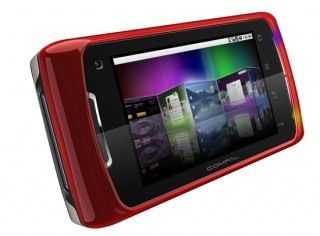
Compal KAX-15 Menlow-based MID. Info and JKK’s Video. Coming via Aigo?
Posted on 05 June 2009
 I’ve been careful to point out in the past that Moorestown and Menlow will overlap and continue to be available as two separate platforms in the MID space. While a version of Moorestown will support XP, it won’t be the version that we’re seeing touted for smartphones. Even Intel were careful to point out that you won’t see the same power envelope with Microsoft products so clearly, Moorestown is initiall a cut-down or special ‘crafted’ platform that only works with Moblin.
I’ve been careful to point out in the past that Moorestown and Menlow will overlap and continue to be available as two separate platforms in the MID space. While a version of Moorestown will support XP, it won’t be the version that we’re seeing touted for smartphones. Even Intel were careful to point out that you won’t see the same power envelope with Microsoft products so clearly, Moorestown is initiall a cut-down or special ‘crafted’ platform that only works with Moblin.
Menlow is that platform that continues to be offered for use in UMPCs and note here that Intel appear to accept now that Moblin V1 isn’t going to be the primary OS for Menlow based systems. I think it’s fair to say that Menlow and Moblin V1 failed and even distracted the market for ultra mobile solutions until it got back on course recently with XP versions of the original MIDs. I’m even hearing and seeing Windows 7 being promoted for UMPCs and if OEMs can keep the licensing costs low and ssd speeds high, it will make a great solution.
So that brings us to the Compal KAX-15, the only Menlow-based device that was announced within the Intel meetings. It was shown in the Ultra Mobility keynote and JKK got straight over to the demo device and gave us the full details in a video. (below) Before that, the specs.
It has a sliding/tilting keyboard that is similar to the HTC Shift but on a smaller scale. It’s a bit bigger than the original Compal MID that Aigo and Gigabyte used but that is probably due to a bigger battery. Compal will be aware that the battery life on their JAX-10/KAX-10 is no longer competitive in the ultra mobile PC space.
- Screen size: 4.8 inch, 800×480
- CPU: Z515 with 800Mhz and 1.2Ghz bursting. (Which I think means that designers can build around the TDP of the 800Mhz part but i’m not 100% sure. Sounds just like speed stepping to me)
- No mouse controller
- Dual web cams
I think it’s fair to say that this is in the running to be the next Aigo MID. Personally I find it a better form factor than the UMID M1 but we’ll have to see about battery life.

What Moorestown means for Consumers
Posted on 05 June 2009
I wake up this morning to a clearer understanding about where Moorestown fits but to an article that highlights that there’s a lot of marketing to be done by Intel. The new platform, demonstrated yesterday on a number of working devices, appears to be technically very capable and extends through a number of product sectors. It brings new levels of processing power and leads in making the Internet in your pocket more ‘real’ than with any other platform I’ve researched and yet there’s a surprising lack of interest. In fact, over the last 24 hours, there has been more interest in Intel’s deal with Wind River than with their move into the smartphone market. What happened?
E3, smartbooks, booth babes, an Apple conference, Palm Pre reviews and a lot of other news have a lot to do with it so perhaps the timing wasn’t exactly perfect. Perhaps Intel could have helped too. They’re calling it a MID platform and up to now, there really hasn’t been much penetration for the term and certainly no big-number consumer hit so attention levels could have been low when Intel mentioned that the platform is voice-call capable. They also failed to mention that the platform is 720p recording capable and that it could be used to make some amazing Moblin-based smartbooks. Intel is confident that they would be better than the ARM based ones too!
Maybe I can help, just a little, by trying to simplify the key points. What does Moorestown mean for consumers?
Moorestown is a computing platform, based on a more efficient version of the Atom CPU and big changes in the way that the other components in a traditional ‘computer’ are built. There will be versions that will run Windows XP or Windows 7 or other desktop platforms but that’s not really what Moorestown is intended for. Intel have built their own software to go on top of it and its a snug fit. It controls the ‘computer’ in a way that means it can continue working in a state where it’s effectively sleeping with one eye open and that opens up a whole new world of possibilities. Here’s some examples:
Expect Moorestown-based devices to be as small as a smartphone and to be able to run, on a smartphone sized battery, for over 24 hours. Intel are telling us that devices will idle with 50x less power drain than today’s Intel Mobile Internet Devices. The worst MID I ever tested ticked-over for about 1 hour on the juice of a smartphone-sized battery. Intel says that this will increase to 50 hours. The best-case scenario, based on testing I’ve done on the current best-of-Intel is 3-times that figure. 3-days active standby.
Smartbook
Moorestown scales. It sleeps with one eye open but when it wakes up it’s capable of Internet browsing speeds, accuracy and richness that you will have never seen on an ARM-based device. I’m expecting high-end versions of Moorestown to bring sub 10-second average page loads to every web page on the Internet. The current best smartphones take twice as long as that and the next-gen may only shave 50% off that.
Mobile Creativity
I really wish Intel had highlighted HD video recording as it’s an important benchmark figure these days. Smartphone manufacturers are building these facilities into their devices and HD video is a huge growth area on the Internet. Moorestown enables 720p video recording. Not only that but the software layer has been designed with that in mind too. GPS-enabled applications with social-networking capabilities are baked into the software making it easy to make compelling mobile applications.
No more 99c apps
Moblin, the name of the software that runs on Moorestown, is a standard-compliant software stack too so there’s a huge library of free software out there. Moblin has the potential to offer a very rich choice of software, for free and because it scales and can be connected to the internet all day, introduces new revenue generating models.
For me, those are the key features of Moorestown but it clearly brings advantages for existing MID, PMP, Navigation, and ultra mobile PC market segments too. Think about it you won’t have to turn Intel’s mobile devices off any more. That alone, is a huge change for a mobile ‘computer.’
Intel still has a journey ahead and there’s some good competition out there but I, for one, will be looking forward to putting the Moorestown Internet experience in my pocket

Post-Ultra Mobility Event Q&A with Intel
Posted on 04 June 2009
 I had a chance to meet Anand Chandrasekher, senior vice president and general manager of Intel’s Ultra Mobility Group, after the Ultra Mobility Event today and (apologies to the other bloggers in the room) managed to ask a whole bunch of questions. Some couldn’t really be answered in detail but here are the highlights.
I had a chance to meet Anand Chandrasekher, senior vice president and general manager of Intel’s Ultra Mobility Group, after the Ultra Mobility Event today and (apologies to the other bloggers in the room) managed to ask a whole bunch of questions. Some couldn’t really be answered in detail but here are the highlights.
Moorestown supports 720p encoding in hardware. We knew it had hardware encoding but we didn’t know the performance level. It looks like we could see some nice streaming video solutions.
MS Windows will be supported on a ‘version’ of Moorestown. You won’t see the same power efficiency under Windows when compared to Moblin 2.0
When Intel talk about ‘Platform’ efficiency, that are talking about the full product including radio’s and screen. If we take the ’50x platform idle power reduction’ over Menlow (which idle’s at something like 5W in worst-case scenarios on MIDs like the Viliv S5) we’re looking at around 100mw which is very impressive. Previously Intel had announced a 10x reduction but 50x is the current figure.
There are three software vendors working on UI offerings for Moblin 2 on MIDs. Canonical. Wind River and Asianux
There is no detail on Moorestown timescale. Party line appears to be that they will have Moorestown ready by beginning of 2010. If seeing that it might be accelerated.
Menlow will still be refreshed even when Moorestown is released.
Intel says that Moorestown will provide a far better smartbook experience than ARM-based products
The power ‘envelope’ of Moorestown is 2W.
Intel don’t think ARM will be able to compete with Intel on performance or (internet) compatibility. They want to maintain their performance and compatibility lead.
In general I was very impressed with what I saw today. It’s still hard to believe that MIDs are now in the smartphone space. Unfortunately we didn’t get the chance to make a voice call and we didn’t have a lot of hands on but there are a few videos being processed so keep an eye on YouTube.

Intel Investor Presentation Highlights Smartphone Push.
Posted on 15 May 2009
We’re not quite sure if we’re supposed to have this PDF but it’s just landed in our lap and we don’t see any confidential markings so we might as well relay the info. It’s a slide set from an investor meeting from the Ultra Mobility group and it highlights a few interesting points about Moorestown and Medfield. It appears to be dated 05_2009 so it’s very recent.
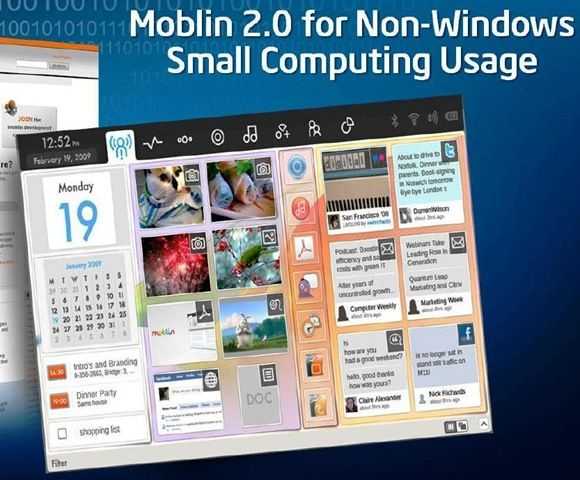
Moblin Builds Steam for 2.0 Beta Next Week.
Posted on 15 May 2009
A lot has happened since Intel launched the Moblin project nearly 2 years ago. The market for internet-connected consumer devices is maturing. Intel are pushing into the smartphone market and netbooks are now an established category of devices.
Intel now regard Moblin as a ‘core competency’ (which is significant considering they don’t run it any more!) and consider themselves the 2nd biggest contributor to Linux on the planet. So reports FT today which is in itself significant and shows just how far the Moblin keyword has penetrated.
According to FT, Moblin are just about ready to ship 2.0 Beta which, if it follows the Alpha releases, will target netbook platforms and not Intel’s Menlow platform. The MIDs will be included in a 2010 release which is a shame because with a claimed 7-second startup time, some tempting reports coming in from twitter and the nice image below, is something I really wouldn’t mind seeing on the Viliv S5, UMID or Aigo MIDs.

Medfield. One Step Beyond Moorestown.
Posted on 14 May 2009
I’m very reluctant to be talking about Medfield. It’s the codename for the system-on-chip that Intel are working on for 2011. That’s the next step after Moorestown which is still at least half a year away. We’re still waiting for a bunch of promised Menlow-based devices a year after launch and two years after its first mention here on UMPCPortal so I’m not getting excited.
Moorestown is planned for early 2010 and will push Intel further into the MID category and enable voice-enabled, large-format smartphones. LG have already made an announcement along these lines. The marketing people will tell you about 10x lower platform idle power which works well for standby communicators but means nothing for devices you’re actually using. Menlow brought us swiftly down from the 10W power profile to the 6W power profile so I think it’s fair to say that we’ll be looking at devices operating in a 4W power profile with Moorestown.
The next step for Intel is into small-format smartphones. Phones like the iPhone and the Pre. CNN are giving us a tiny lead into Medfield today with an article that reveals the codename ‘Medfield’ and talks about a single chip design. But there’s not much more detail there at all so that’s all we’re left with. You can try reading between the lines at CNN.com but I’d recommend staying focused on Moorestown first. Computex is in just over 2 weeks so there’s lots of excitement to come before we start getting into the details of Medfield.
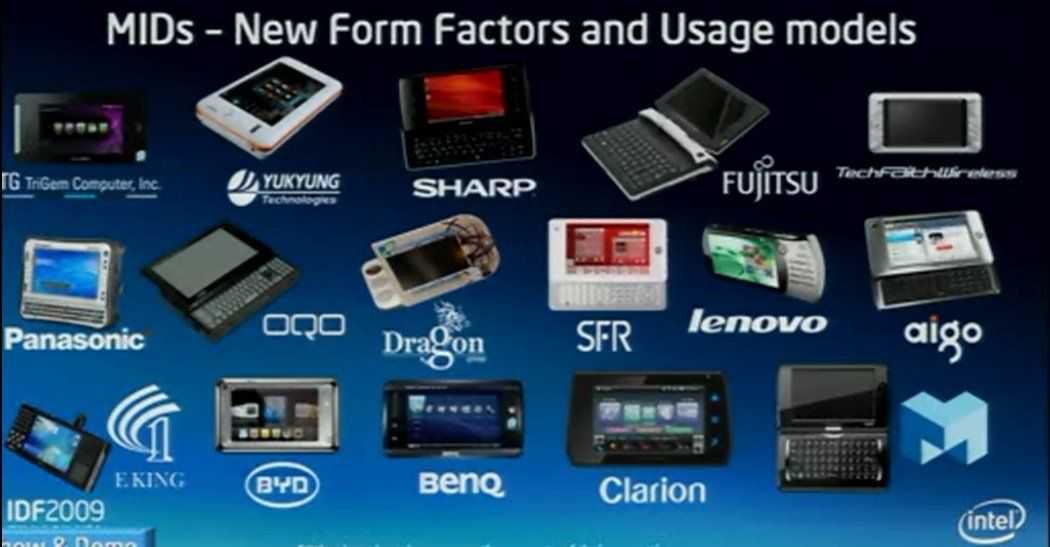
New MIDs at IDF Beijing 2009
Posted on 09 April 2009
JKK has edited up the keynote video from IDF Beijing that took place a few days ago. In the video you can see a number of the MIDs that were announced in one of the press release. [PDF]
Click through to JKK’s site for some more images. The BYD clamshell phone (based on Menlow) is particularly interesting. Obviously we’ll try to get more detailed information on these but at the moment it’s looking like an Asia-focused effort. We may have to wait until IDF in Sept for an sort of hands-on.
jkkmobile: Intel shows new MIDs at IDF Beijing 2009.
 |
| |||
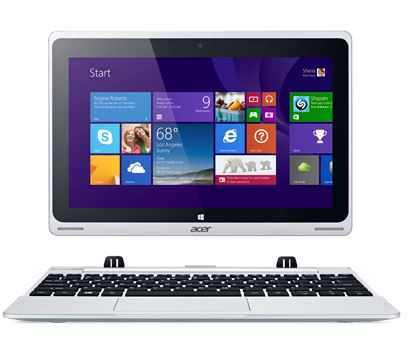 |
| |||
 |
| |||
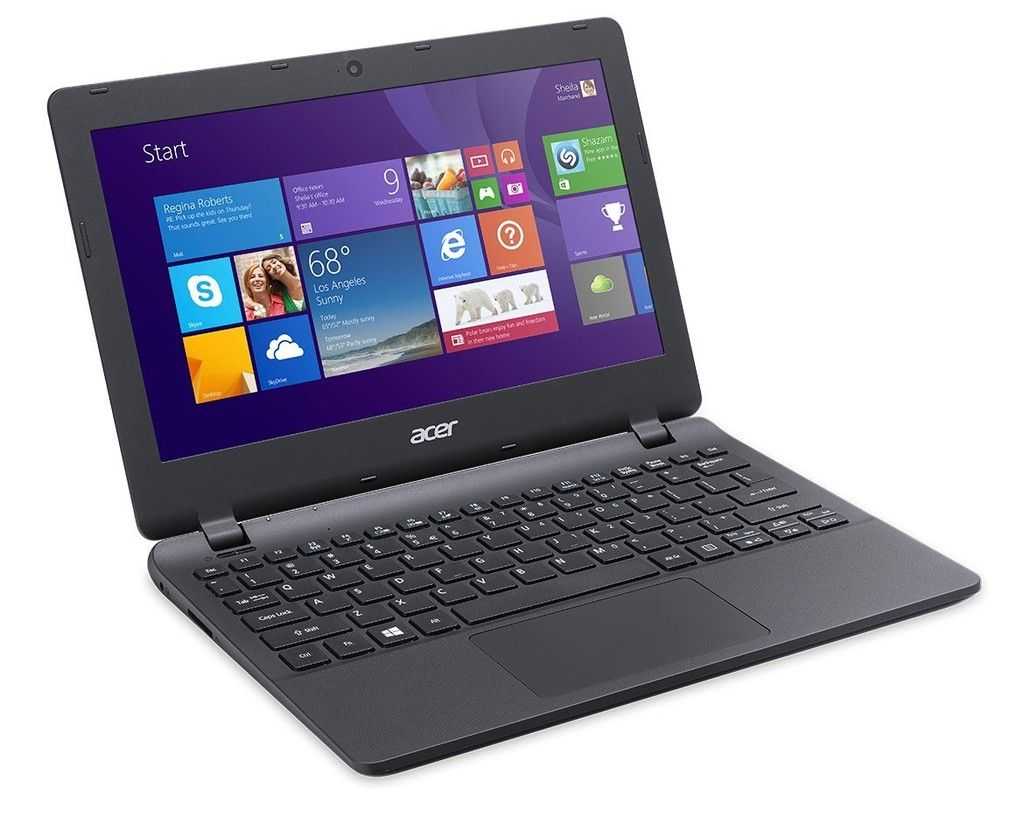 |
| |||
 |
| |||
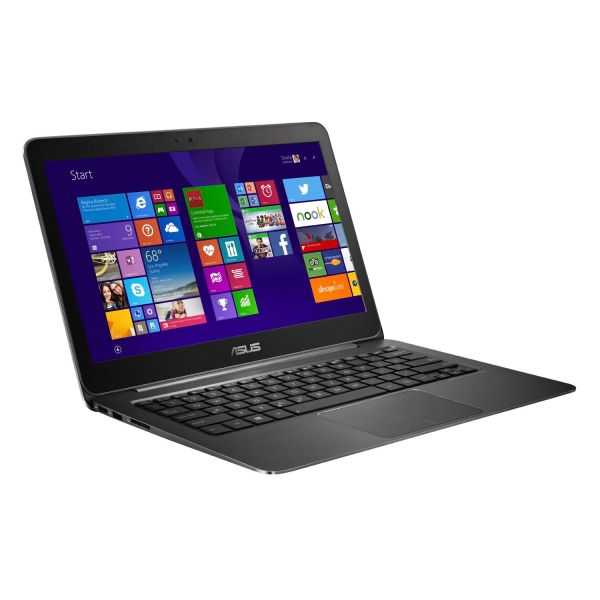 |
| |||
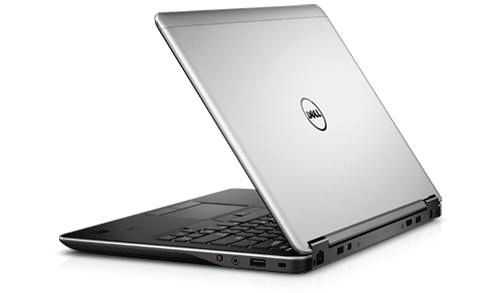 |
| |||
 |
| |||
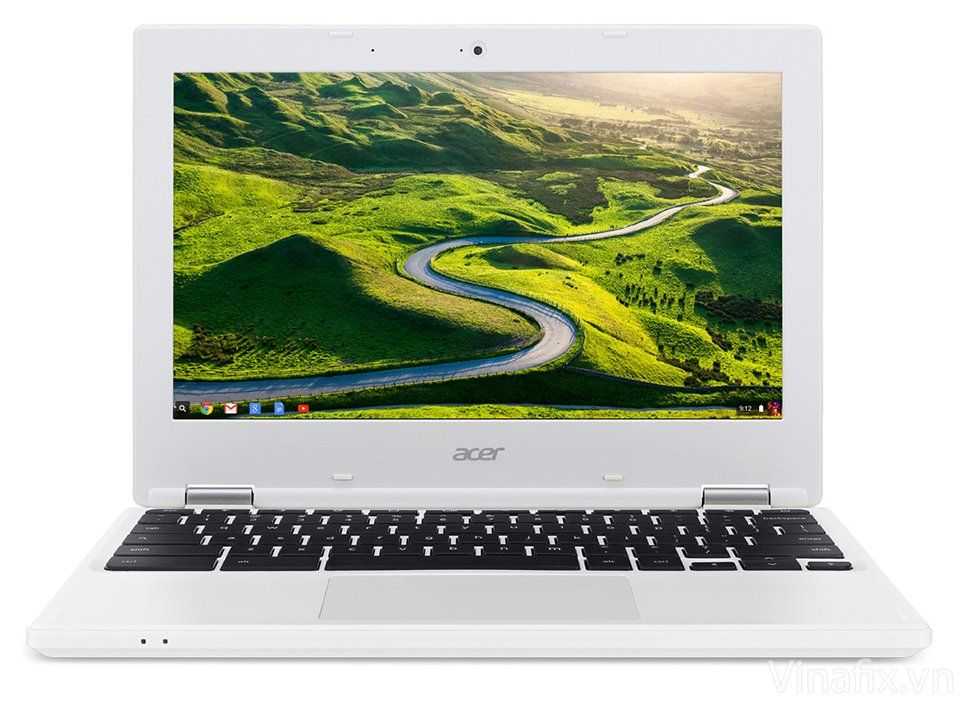 |
| |||
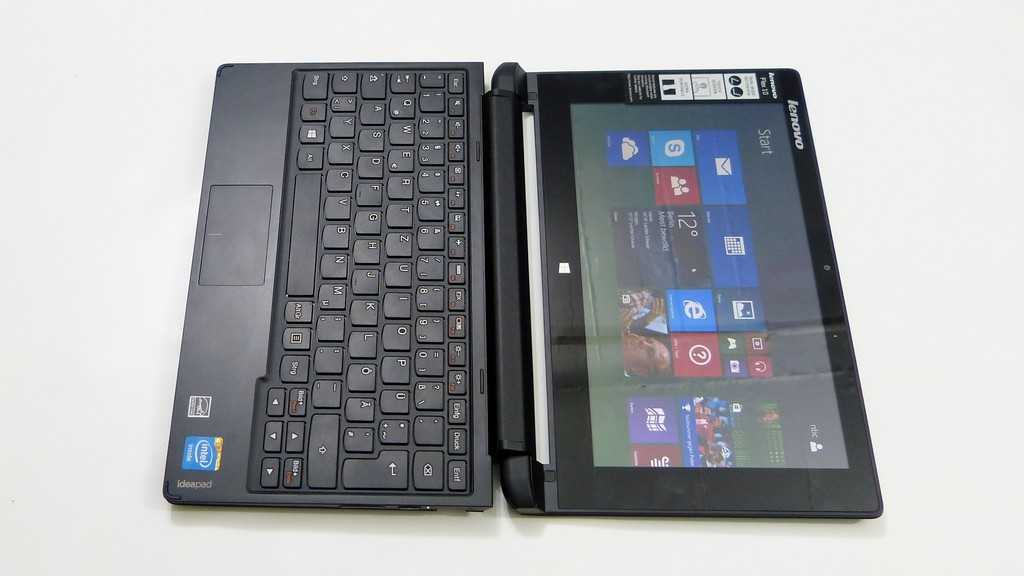 |
|



